To Selectively Block Inflammation- and Injury-induced Vascular Leak Without Affecting Normal Vascular Function in Cardiovascular Disease
Our core mission is to modulate vascular dysfunction, to reduce cerebral damage and promote functional recovery in acute stroke patients
A cutting edge therapeutic for modern Stroke Therapy
VST Bio is leading the translation of technologies discovered at Yale University to restore vascular function and vascular patency for acute cardiovascular disease.
VST BIO’s First-in-Class drugs target novel molecular pathways that, for the first time, are able to selectively regulate vascular permeability (i.e. patency). VST Bio technology uses fully human and humanized antibodies to target the vasculature to selectively block inflammation- and injury-induced vascular leak, without affecting normal vascular function. In stroke models, VST Bio antibodies completely blocked vascular endothelial growth factor (VEGF)-induced vascular leakage and prevented ongoing cerebral damage (by reperfusion injury, inflammatory infiltration and edema formation) as seen in the first days after stroke. This resulted in a 50-80% reduction of brain damage in these animal models. Vascular leak is a co-morbidity that is also seen in a variety of other diseases, including stroke, traumatic brain injury (TBI), ARDS/ COVID-19 infection, and shock.
OUR MISSION
VST Bio utilizes this new class of therapeutics to control vascular permeability (and control edema formation) in acute stroke, and other acute cardiovascular disease, dramatically expanding the opportunities for effective medical therapy in stroke patients, in particular for the majority of patients who do not present within the first hours after onset of symptoms, and cannot be treated with conventional standard-of-care medical therapy.
15 M
patients suffer stroke worldwide every year
(Source - WHO)
WHY WE DO WHAT WE DO
2nd
leading cause of death worldwide
(Source - WHO)
90%
of all patients do NOT present within 5 hrs of onset of complaints, and are NOT eligible for standard therapy
These patients only receive therapy to prevent a second stroke (secondary prevention)
50-80%
reduction of cerebral damage was seen after a single bolus of VST antibody in a human-like stroke model. These effects are also seen when the VST antibody is initiated late after onset of stroke symptoms.
THE SCIENCE
Stroke is caused by the interruption of blood supply to the brain, due to a thrombus in one of the main cerebral arteries or hemorrhage. Stroke-associated death and mortality is directly dependent on the size of the stroke. That, in turn, is determined by the size of brain supplied by the occluded artery, and by the extent of post-stroke edema, that results in brain compression. It estimated that 50% of the stroke damage is due to the loss of blood supply and 50% due to subsequent edema development.
Current stroke treatment strategies rely on lytics to lyse the clot in case of thrombotic strokes (90% of all strokes) and to reduce the size of the affected territory. No therapies are available for hemorrhagic strokes (~10% of the total). Lytic therapies must be administered within 4.5 hours of symptoms onset to be effective. Furthermore, CT and/or MRI scans are required to ruled out hemorrhage before a lytic treatment can be initiated
Unfortunately, over 50% of stroke victims do not present themselves to a medical center within that time span and a stroke diagnosis is frequently delayed in the other 50%. Only a small percentage of the total stroke patients are suitable candidates for thrombolytic therapy. Of that number, less than 50% receive such therapy due to frequent contraindications to thrombolytic drug therapy. Thrombolytic therapy is administered to a small fraction of total stroke patients and its efficacy rapidly decays with time. Unfortunately, as of today, there are no approved drugs that control post-stroke edema development.
Stroke-associated edema: Stroke-associated tissue damage results in a local inflammatory response that, in turn, leads to production of VEGF, the primary mediator of vascular leakage. Stroke-associated edema development follows the stroke, with peak edema formation (and brain compression) occurring by ~ 24 hours post-stroke.
We have developed a therapeutic approach that is able to selectively block vascular leakage/ edema formation due to VEGF without affecting blood vessel function . Our data indicate that our proprietary antibodies can reduce stroke size in a mouse model; 60 minutes after initiation of stroke, VST BIO therapy reduced stroke by 35% and edema size by about 50% (Figure A-B). More significantly, antibody, stroke-associated mortality was completely eliminated at 24hrs, and drastically reduced at 72hrs (Figure C).
We have now developed human mAbs that is functionally equivalent to the antibody used in mice that fully blocks VEGF permeability activity in vitro and in humans. Antibody therapeutics represent a well characterized and understood class of drugs, with 100 antibody therapies approved in the U.S.
In a large NHP stroke model (MCAO), a single iv bolus of VST MAb 4 hrs after initiation of stroke resulted in a significant reduction of stroke volume (i.e cerebral damage) by 80% at day 1 and 50-60% at day 3 post stroke. This again shows in a clinically relevant animal model the therapeutic value of his innovative approach acute stroke even when therapy is initiated late after presentation.
A 2014 meta-analysis evaluated individual patient data from 6756 patients with acute ischemic stroke who were allocated to intravenous alteplase or control in the NINDS, ATLANTIS, ECASS (1, 2, and 3), EPITHET, and IST-3 trials (Emberson J, Lees KR, Lyden P, et al. Effect of treatment delay, age, and stroke severity on the effects of intravenous thrombolysis with alteplase for acute ischaemic stroke: a meta-analysis of individual patient data from randomised trials. Lancet 2014; 384:1929.)
Corti et al. Nature Cardiovascular.Res. (2022) 1(5): pg 518-52
Claesson et al. editorial Nature Cardiovascular.Res. (2022) 1(5)


